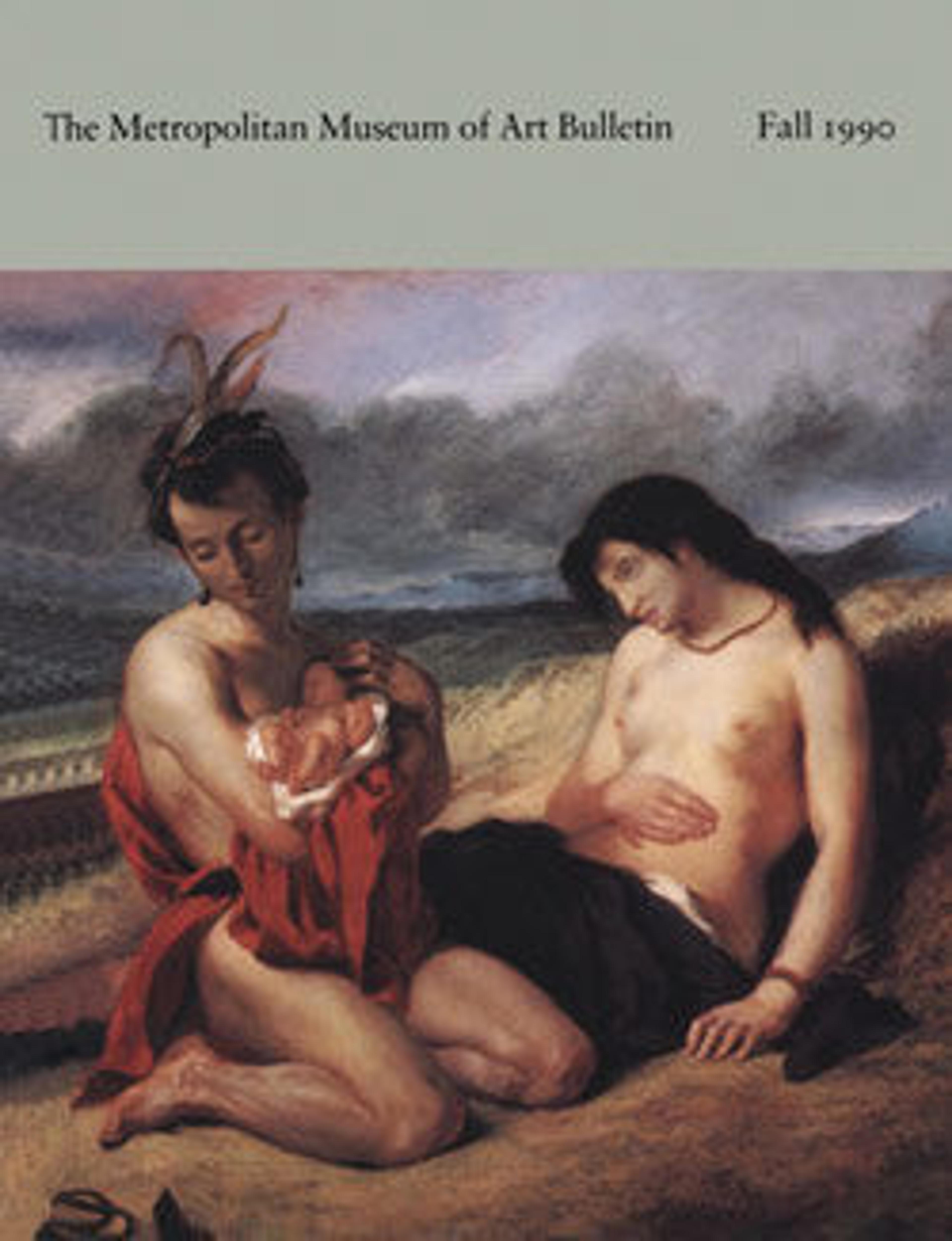Snuff tray
Snuff inhaled through tubes from small trays or tablets such as this one was a widespread practice in Precolumbian South America. In the San Pedro de Atacama region of northern Chile a large number of snuff trays have been found in burials in association with other paraphernalia, such as inhaling tubes, spatulas, small mortars and pestles, and snuff-powder containers. The snuff was prepared from the leaves, resin, and seeds of plants, many of them hallucinogenic, which were dried and finely ground. Historic and current data suggest that snuff had many purposes in the Andes: it was used to cure various ailments, to alleviate pain and hunger, to provide alertness in war and hunting, and to induce trances during rituals and religious ceremonies. The tray is decorated at one end with three carved figures. At the opposite end are the remains of an indigenous repair, a tie preventing a split, running the length of the tray, from widening.
Artwork Details
- Title:Snuff tray
- Artist:Tiwanaku artist(s)
- Date:500–1000 CE
- Geography:Argentina, Bolivia, or Chile
- Culture:Tiwanaku
- Medium:Wood, fiber, copper alloy
- Dimensions:H. 5 3/8 × W. 2 × D. 3/4 in. (13.7 × 5.1 × 1.9 cm)
- Classification:Wood-Containers
- Credit Line:Gift of Carol R. Meyer, 1989
- Object Number:1989.389
- Curatorial Department: The Michael C. Rockefeller Wing
More Artwork
Research Resources
The Met provides unparalleled resources for research and welcomes an international community of students and scholars. The Met's Open Access API is where creators and researchers can connect to the The Met collection. Open Access data and public domain images are available for unrestricted commercial and noncommercial use without permission or fee.
To request images under copyright and other restrictions, please use this Image Request form.
Feedback
We continue to research and examine historical and cultural context for objects in The Met collection. If you have comments or questions about this object record, please contact us using the form below. The Museum looks forward to receiving your comments.
